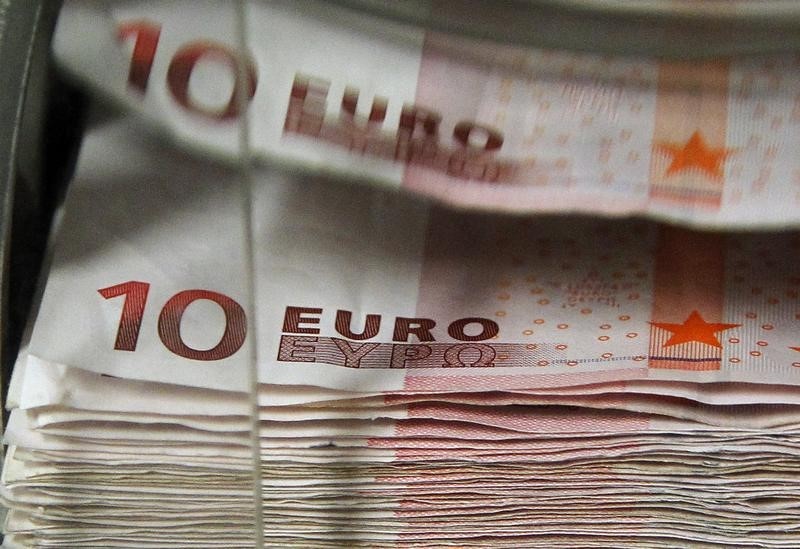Investing.com - The euro fell to fresh seven-month lows against the dollar on Tuesday as the diverging monetary policy stance between the Federal Reserve and the European Central Bank pressured the single currency lower.
EUR/USD hit lows of 1.0682, the weakest since April 23 and was last at 1.0685, off 0.6% for the day.
The greenback remained broadly stronger after Friday’s robust U.S. jobs data paved the way for the Fed to raise interest rates at its next meeting.
The U.S. economy added 271,000 jobs last month, well ahead of the 180,000 expected by economists and the largest increase since December.
The unemployment rate fell to a seven-and-a-half year low of 5.0%.
The unexpectedly strong report underlined the diverging monetary policy expectations between the Fed and other world central banks.
The euro remained under pressure amid mounting expectations that the European Central Bank will take further action to shore up economic and price growth in the euro area before the years end.
The single currency weakened after Reuters reported on Monday that the ECB could cut its deposit rate deeper into negative territory at its December meeting.
The ECB lowered its deposit rate to minus 0.2% in September 2014.
In October ECB President Mario Draghi indicated that the bank could enlarge its monetary stimulus program next month to combat persistently low levels of inflation in the single currency bloc.
The U.S. dollar index, which measures the greenback’s strength against a trade-weighted basket of six major currencies, was up 0.34% to 99.47 after rising to highs of 99.55 earlier, the most since April 14.
The dollar was slightly higher against the yen, with USD/JPY rising 0.11% to 123.31, moving back towards Friday’s highs of 123.59, the strongest since August 20.
The euro was weaker against the yen, with EUR/JPY down 0.41% to 131.87.
